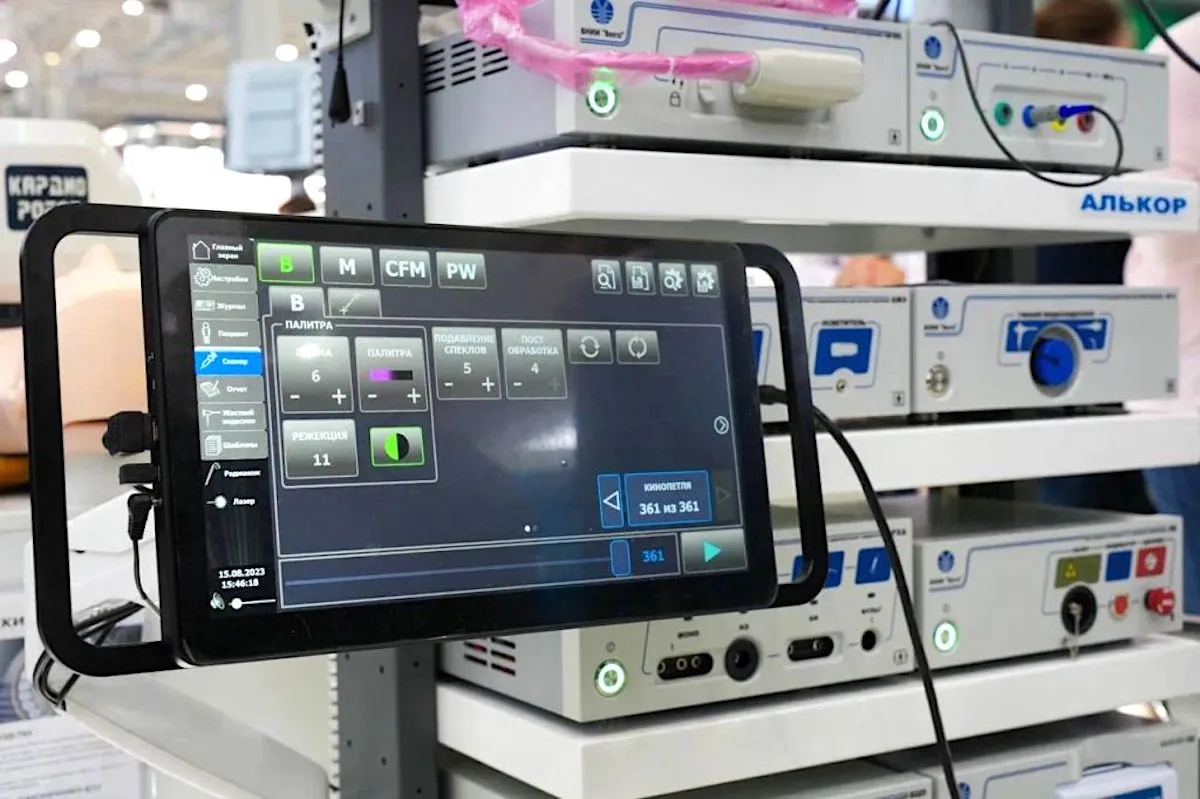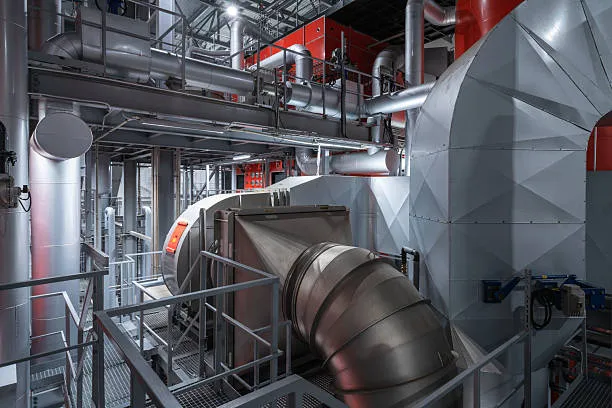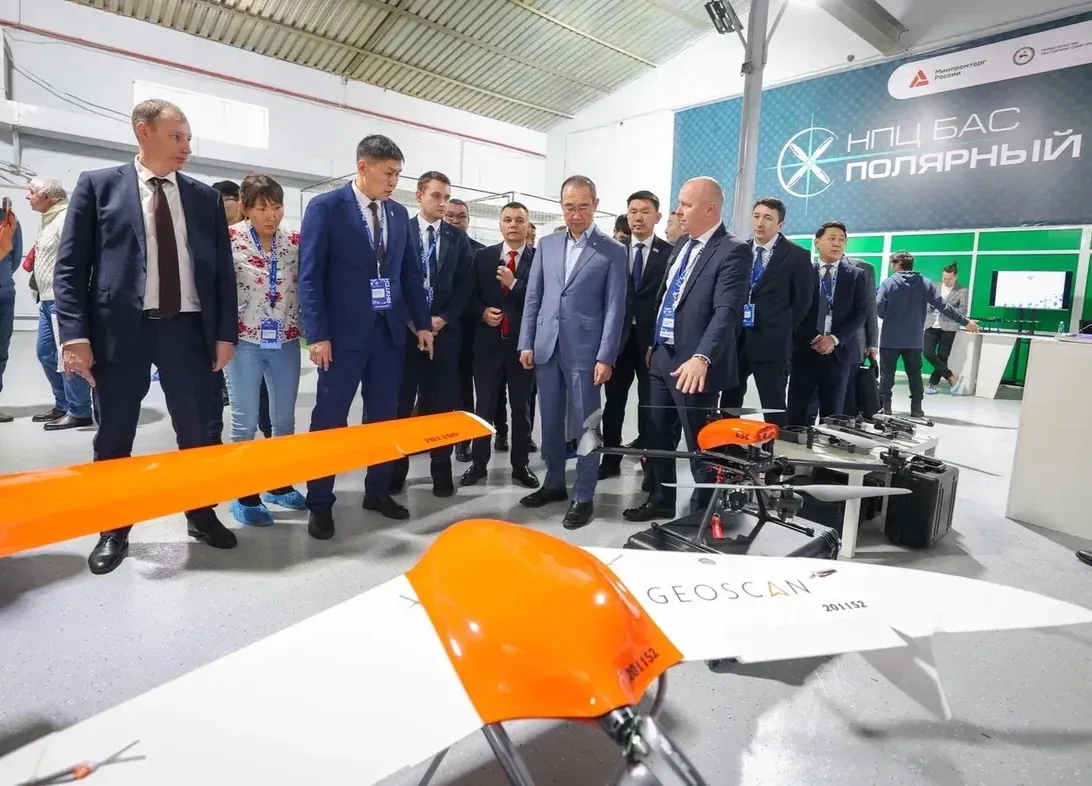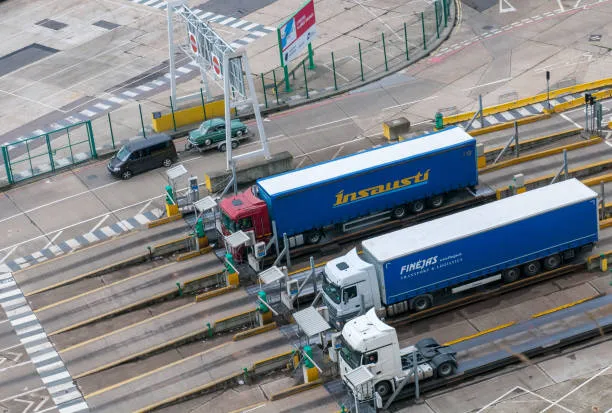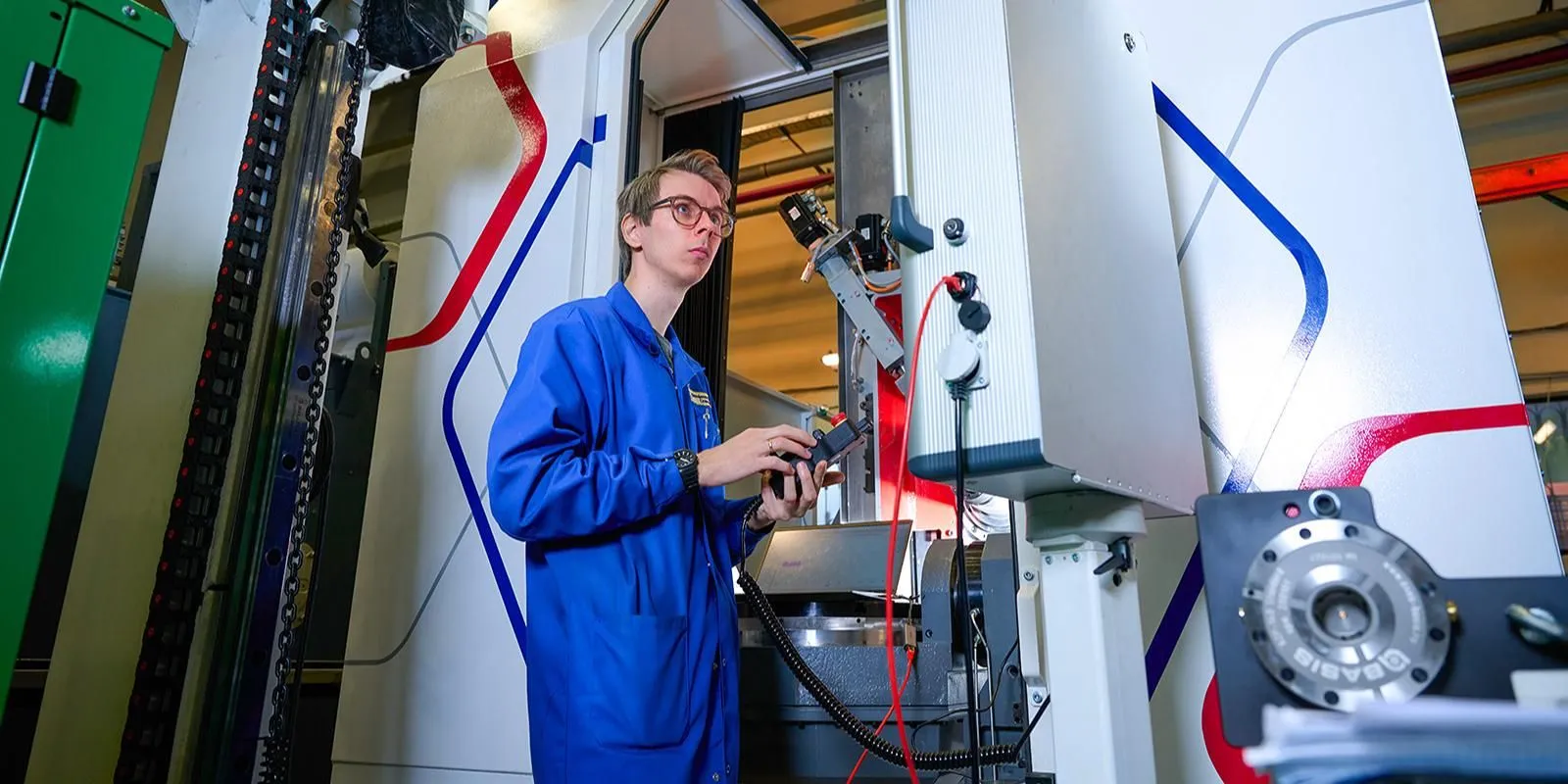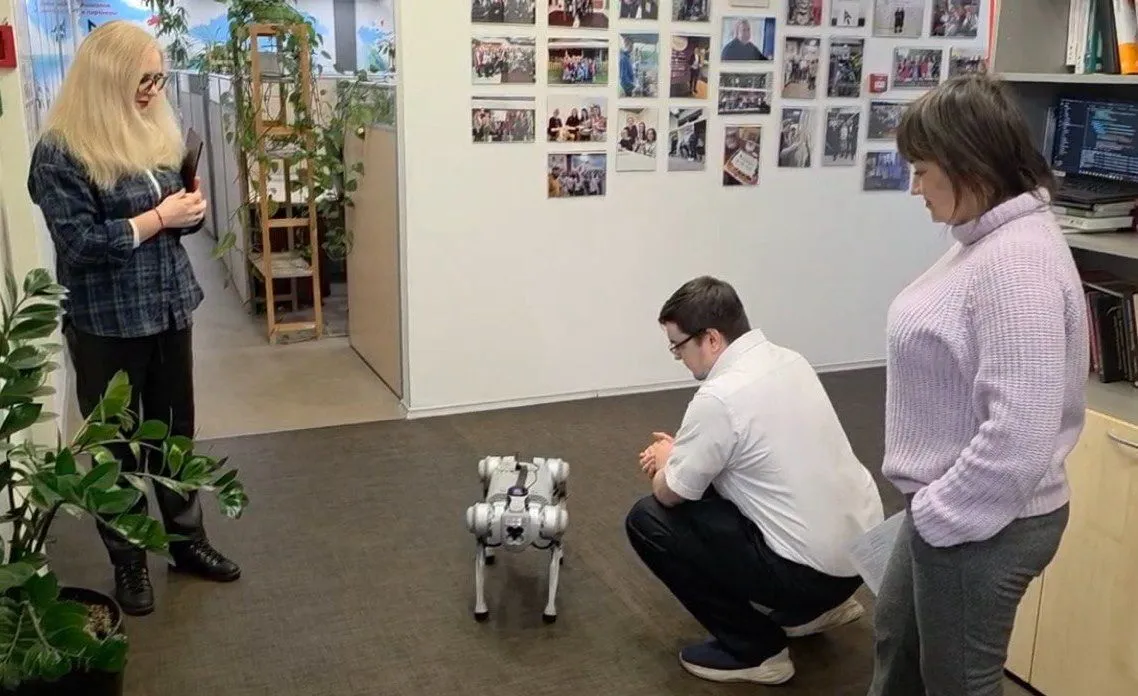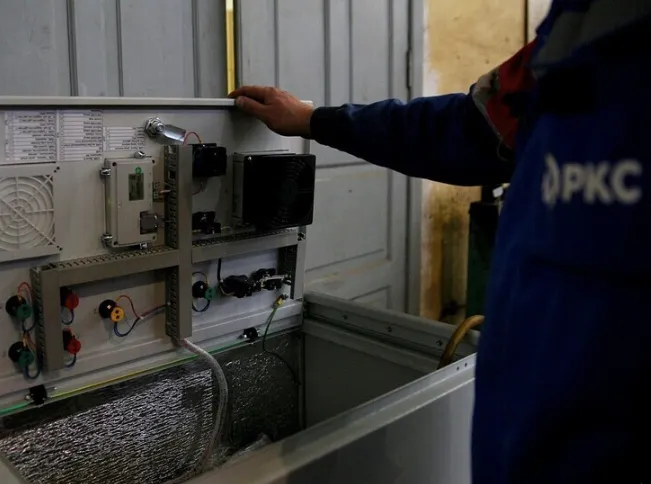Russia Launches National Program for Self-Driving Freight Trucks
The government has approved a roadmap to build the legal and digital infrastructure for fully autonomous, Level 5 cargo vehicles — a step that could redefine global logistics.

Russia is entering a new phase in the evolution of autonomous transport. The federal government has officially approved a plan to integrate driverless freight trucks into the country’s road network, marking the shift from testing to building a full-fledged commercial market for self-driving logistics. The initiative, officials say, carries strategic importance not only for Russia but also for the global transportation industry.
From Assisted Driving to Full Autonomy
According to the government’s press service, the program aims to establish a comprehensive legal framework and technical infrastructure for autonomous transport by 2035. Current trials already involve 90 trucks equipped with Level 3 automation, where human drivers remain in control but key operations — such as lane-keeping and speed regulation — are handled by AI systems. The next milestone is Level 5 autonomy, in which vehicles operate entirely without human intervention.
Mapping the Roads of the Future
Major developments will begin soon. By the end of 2026, new dedicated routes for autonomous trucks will be introduced, alongside a nationwide rollout of digital road twins — high-fidelity virtual replicas of highways that allow real-time monitoring and predictive modeling of traffic and environmental conditions. One of the first corridors to adopt the system will be the M-12 “Vostok” highway, connecting Moscow with the Ural region.
The Ministry of Transport has also been tasked with drafting a federal bill regulating highly automated vehicles. Expected in early 2026, the legislation will define standards for licensing, insurance, and liability — setting the foundation for large-scale adoption of self-driving logistics.
If successful, Russia’s program could position the country as one of the leaders in autonomous freight transport, accelerating the shift toward a global logistics network powered by artificial intelligence and digital infrastructure.




